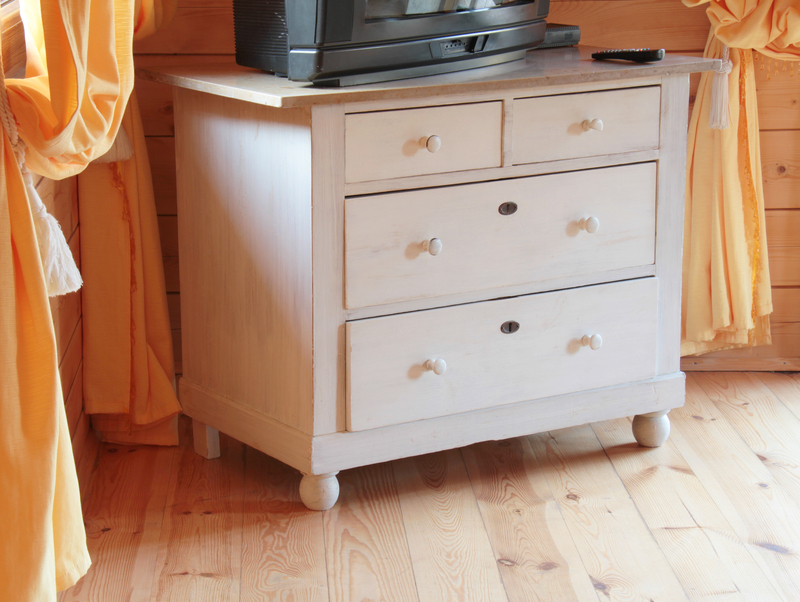Discover the Builders Skip: Its Role and Importance
Effective waste management is a cornerstone of successful construction projects. Among the various tools that make this possible, the builders skip stands out as indispensably practical. This article will comprehensively discuss the builders skip, delve into its various roles, and highlight its importance in the construction and renovation industries. Whether you are a construction professional, a home renovator, or simply curious about efficient waste solutions, understanding builders skips is crucial for responsible and streamlined project management.

What Is a Builders Skip?
A builders skip refers to a large, open-topped waste container designed for loading onto a special type of lorry or skip loader. These skips are an essential site fixture for any construction or demolition project. Their robust construction and ample volume make them the go-to solution for collecting, storing, and transporting construction waste swiftly and safely.
- Traditional builders skip sizes: Usually come in 6 to 8-yard capacities.
- Materials handled: Commonly used for bricks, rubble, soil, tiles, timber, and mixed construction waste.
- Placement: Typically stationed on construction sites, in driveways, or at designated waste collection points.
The versatility and simplicity of the builders skip have solidified its reputation as a standardized waste removal tool in both the UK and internationally.
How Does a Builders Skip Differ from Other Types?
In the world of skips, sizes vary immensely depending on need. The builders skip is specially tailored for medium-to-large project demands, distinguishing itself in several ways:
- Size: Ranges from 6 to 8 cubic yards--providing ample space without being unwieldy.
- Accessibility: Features a low, open top for easy loading with wheelbarrows or by hand.
- Robustness: Engineered to withstand rough, heavy materials like concrete and masonry.
- Usage Scope: Not suitable for hazardous content but perfect for general construction debris.
The Role of Builders Skips in Construction and Renovation Projects
Builders skips are ubiquitous on building sites for a reason: they effectively tackle the central problem of waste buildup. Let's explore where and how builder skip hire streamlines various project stages:
Initial Demolition and Site Clearance
At the outset of most building or renovation projects, removal of existing materials generates large amounts of discarded waste. This debris--lumps of masonry, plasterboard, wood, and metal--needs a designated repository. Here, builders skips provide:
- Convenience for workers, reducing the need to transport waste off-site daily.
- Safety by minimizing trip hazards and keeping work areas clear.
- Efficiency as waste can be deposited immediately rather than stockpiled or bagged repeatedly.
During Construction and Ongoing Worksites
Throughout construction, scraps of material, offcuts, packaging, and surplus building supplies accumulate. A builders skip at the center of a site is a pivotal asset for:
- Organized waste segregation--making recycling and reuse more manageable.
- Maintaining regulatory compliance with waste management standards.
- Boosting productivity by cutting down time spent on waste logistics.
End-of-Project Site Tidy Up
Builders skips remain valuable right through to the final clean-up phase, allowing contractors to:
- Dispose of last-minute rubble, offcuts, or packaging
- Prepare the site for handover or inspection with minimal last-minute effort
- Meet ethical and legal responsibilities regarding waste disposal
Why Are Builders Skips So Important?
Understanding the importance of builders skips involves more than just waste containment. It speaks to a broader mission of environmental stewardship, workplace safety, and project efficiency.
Environmental Protection
Construction waste poses significant environmental harm if mismanaged. Builders skips play a vital role in:
- Minimizing illegal dumping: Offering a legal, responsible outlet for heavy waste.
- Supporting recycling efforts: Many service providers sort and recycle skip contents, aiding in sustainable materials management.
- Reducing landfill use: Proper separation prevents unnecessary landfill disposal of recyclable materials.
Enhancing Health and Safety
- Clear, unobstructed work areas achieved by regular, systematic waste removal reduce hazards such as slips, trips, and falls.
- Contain sharp, hazardous fragments that could otherwise cause harm if scattered across the site.
Legal Compliance
Construction companies are legally bound to manage waste responsibly. Failing to do so risks prosecution, hefty fines, or damage to corporate reputation. The presence of a builders skip ensures:
- Adherence to waste disposal regulations and environmental standards.
- Transparent record-keeping via skip hire contracts and waste transfer notes.
Cost and Time Efficiency
Having a builders skip on-site means:
- Fewer trips to the tip: Reducing man-hours and transport costs associated with disposing of debris piecemeal.
- Smoother workflow: Workers deposit waste as they go, preventing bottlenecks and downtime.
Choosing the Right Builders Skip for Your Project
With several skip types on the market, it's crucial to select the one that best fits your scope of work. Builder's skips, most commonly available in 6-yard and 8-yard varieties, are ideal for:
- Small-to-medium home renovations - Removing old kitchens, bathrooms, or garden waste.
- Extensions and remodelling - Handling the consistent output of rubble, timber, and metalwork.
- Commercial projects - Dealing with substantial waste without escalating hire or logistical costs.
Sizing Guidelines
Here's a breakdown of common builders skip sizes:
- 6-yard builder skips: Often holds approximately 55-60 rubbish bags. Perfect for smaller renovation projects.
- 8-yard builder skips: Suits most standard building work; capacity for 70-80 bin bags.
Tip: When in doubt, choose the bigger size. Overloading is illegal and leads to refusal of collection or additional fees. It's more cost-effective to overestimate rather than underestimate your waste disposal needs.
Special Considerations: What Can You Put in a Builders Skip?
Builder's skips can handle most general construction and renovation waste:
- Brick, concrete & rubble
- Soil and clay
- Timber and plasterboard
- Metal and pipework
- Tiles, flooring or non-hazardous plastics
However, there are items prohibited by law from being placed in most builders skips:
- Asbestos
- Paint, solvents or oils
- Electronic waste (WEEE)
- Fridges, freezers or air conditioners
- Tyres and batteries
- Medical or clinical waste
Always clarify with your skip hire company about what's permitted. Placing hazardous materials in a skip carries legal risks and can lead to extra charges.
Where to Place Your Builders Skip for Maximum Efficiency
An often-overlooked aspect of builder's skip hire is strategic placement. For best results:
- Keep skips as close to the work area as possible without obstructing emergency access or walkways.
- Place skips on private property to avoid permit issues (public road placement may need council permission).
- Use boards or protection if placing skips on grass or valuable driveways to prevent marking.
Think ahead: ease of access for skip lorries is vital when pickup time arrives. A blocked skip, full or not, delays the job and may lead to extra charges.
The Builders Skip: A Key Partner in Modern Waste Management Solutions
Today, the construction industry's commitment to environmental responsibility has further elevated the importance of the builders skip. Many modern skip hire services now boast:
- Automated sorting and recycling facilities--With as much as 80-90% of skip contents being recycled, depending on provider and local infrastructure.
- Tracking and data gathering for waste management compliance reporting.
- Support for circular economy goals: Promoting the reuse of materials rather than single-use disposal.
Innovations in Builders Skip Use
With eco-friendly practices becoming the norm, skips are seeing new features:
- Lockable skips for high-value sites or to prevent unauthorized dumping
- Drop-end skips for easier wheelbarrow access
- Integrated waste documentation, recycling, and even energy recovery solutions
These developments make the humble builders skip a foundation for smarter, greener projects across the construction spectrum.

How to Hire a Builders Skip: Step-by-Step Guide
If you're ready to make the most out of a builders skip for your next project, follow this easy process:
- Assess your waste: Estimate the total volume and types of debris you'll generate.
- Contact a reliable skip hire company: Many offer free advice on size, duration, and permitted waste types.
- Choose your size: Opt for a 6-yard or 8-yard builders skip for most construction tasks.
- Define location: Select the most accessible yet safe spot for skip drop-off.
- Arrange collection: Set a collection date in advance to avoid delays or additional fees.
Pro Tip: Always check whether you need a local council permit--especially if your skip will sit on public roads or footpaths.
Conclusion: Builders Skips--The Unsung Heroes of Building Projects
From enabling safe, tidy worksites to facilitating environmental compliance and proving cost-effective on every scale of project, the builders skip deserves recognition as a true workhorse of the construction and renovation world. Its robust design, practical size, and adaptability to recycling initiatives mean that the builders skip's role and importance are only set to grow in an era increasingly defined by sustainability and strategic resource management.
For anyone undertaking a construction or remodelling project, understanding and utilizing a builders skip is an investment in efficiency, safety, and responsible practice. Plan ahead, choose the right skip for your needs, and work with a reputable hire provider. In doing so, you'll unlock the full potential of this vital tool for modern building and refurbishment success.